How to get rid of alder leaf beetles – 3 ways to protect your plants from these leaf eaters
These little bugs have a shiny blue appearance, but they'll leave your trees looking bare if you don't tackle them

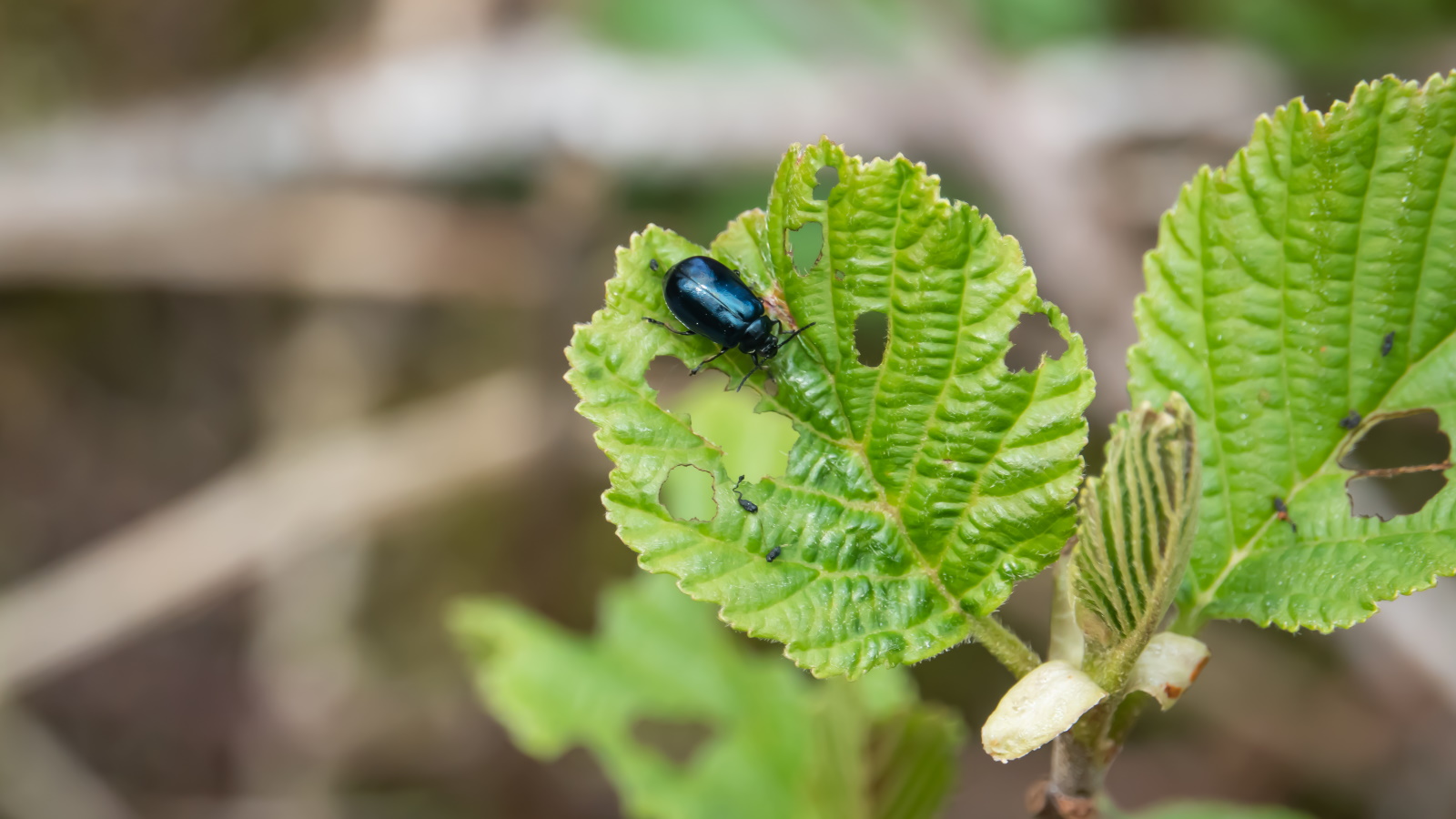
If you think you've familiarised yourself with all the garden pests you might come across, you're probably wrong. It seems the number of nuisance critters we come across in our backyards is never-ending. One that you might have spotted from spring through summer is the alder leaf beetle.
This little shiny blue-black bug is often found on alder trees, coining its name. Just like getting rid of kudzu bugs and getting rid gypsy moth caterpillars, it's key to get on top of an alder leaf beetle problem to protect the foliage in your garden. 'Alder leaf beetles feed in a manner called skeletonizing, which means they leave the large leaf veins and eat the parts of the leaf that are soft and spongy,' notes entomologist Dr Tracy Ellis.
While alder trees are a target, alder leaf beetle can also occasionally be found on other trees like beech and hazel. To stop damage to your tree leaves, we recommend a few things to try that should get rid of alder leaf beetles for good.
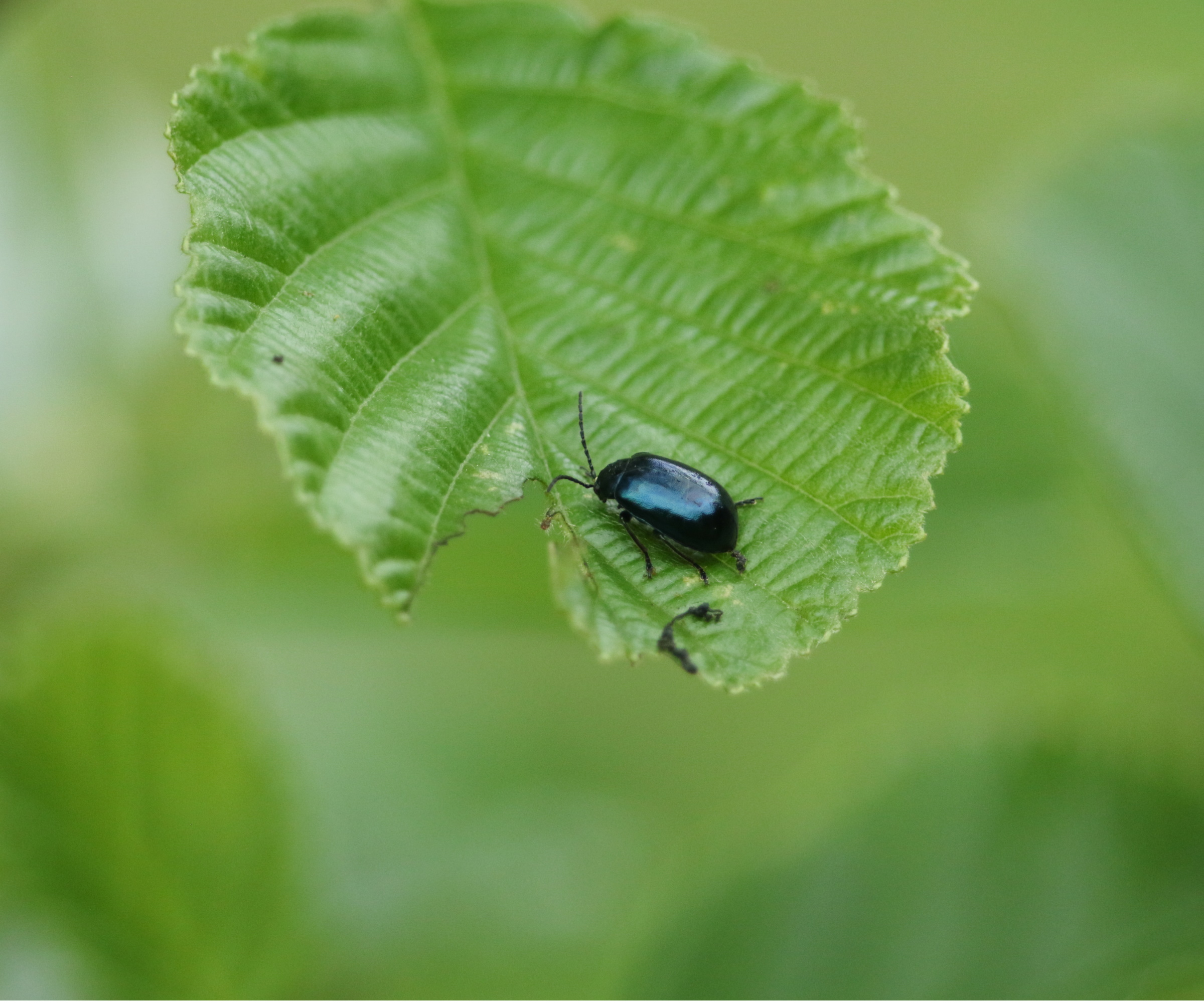
3 ways to get rid of alder leaf beetles
Although unsightly, the damage caused by alder leaf beetle doesn't pose any long-term risks to trees.
'The tree usually recovers. The pest generally has occasional flare ups, tends to target trees that are unhealthy or overcrowded, and would only be a threat to the tree if it attacks the same tree each year consecutively for two or three years in a row,' says Tracy.
Nevertheless, if you think your tree is under attack from these bugs, don't worry. Try these methods for getting rid of alder leaf beetles to get your foliage looking its best once again.
1. Encourage natural predators in your yard
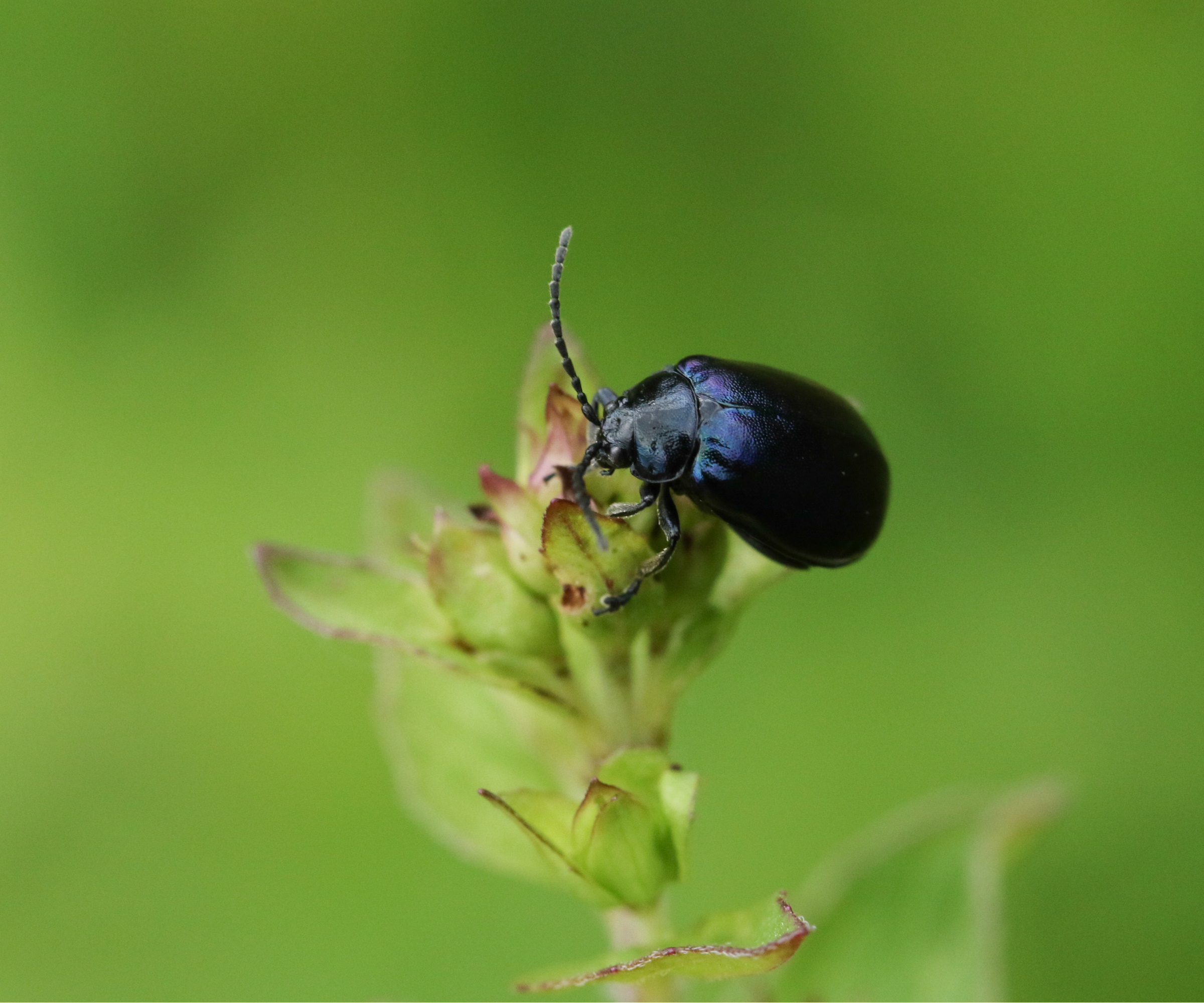
If you only have a small number of alder leaf beetles in your yard, you don't have to worry about doing too much as natural predators can help get rid of them. You can, however, encourage more natural predators into your yard - such as choosing plants for pollinators and plants for birds.
Design expertise in your inbox – from inspiring decorating ideas and beautiful celebrity homes to practical gardening advice and shopping round-ups.
'The alder leaf beetles are usually under control by natural predators, pathogens and parasites,' says Tracy. 'A landscape with a variety of trees and plants with pollen and nectar sources is a great way to build a habitat conducive to these beneficial organisms,' she adds.
You can also try creating a wildlife garden to bring more natural predators of alder leaf beetles. This is made easier with this wildflower seeds for butterflies and hummingbirds from Amazon that can just be sprinkled in your yard to grow a bright display of beautiful blooms.

Dr Tracy Ellis is an award-winning entomologist at FarmSense. She has extensive experience in working with farmers, government agencies, stakeholders, and communities surrounding pest detection, monitoring, regulation, and suppression tactics. Her research has significantly impacted biopesticide discovery, innovation, and commercialization.
2. Remove fallen leaves
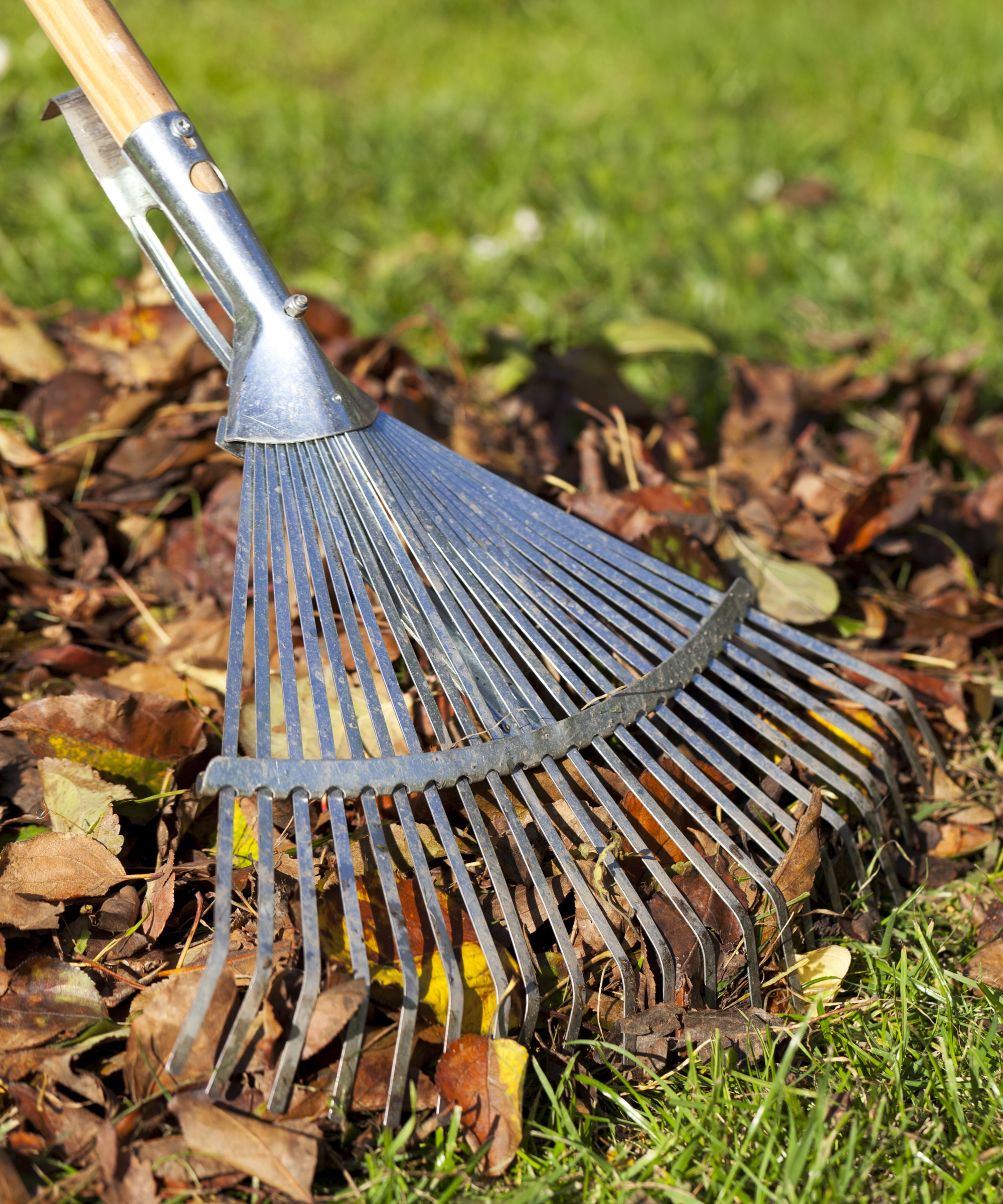
Another way to get rid of alder leaf beetles and ensure they don't come back for another season is to remove any potential habitat for them. Not only do they feed on green leaves on trees, but they will also seek shelter beneath fallen leaves.
'One method to reduce the population is to remove fallen leaves underneath trees every fall to remove the alder leaf beetle's overwintering habitat,' says Tracy. 'Each winter alder leaf beetle overwinters in the fallen leaf duff on the ground at the base of the tree,' she explains.
Using essential gardening tools, like this garden rake from Amazon, you can effectively get rid of leaves at the base of your targeted trees and remove alder leaf beetle populations.
You might even want to consider one of the different things you can do with fallen leaves, such as making leaf mulch. Although, take care not to move alder leaf beetles from one location to another when doing this.
3. Use a bug spray
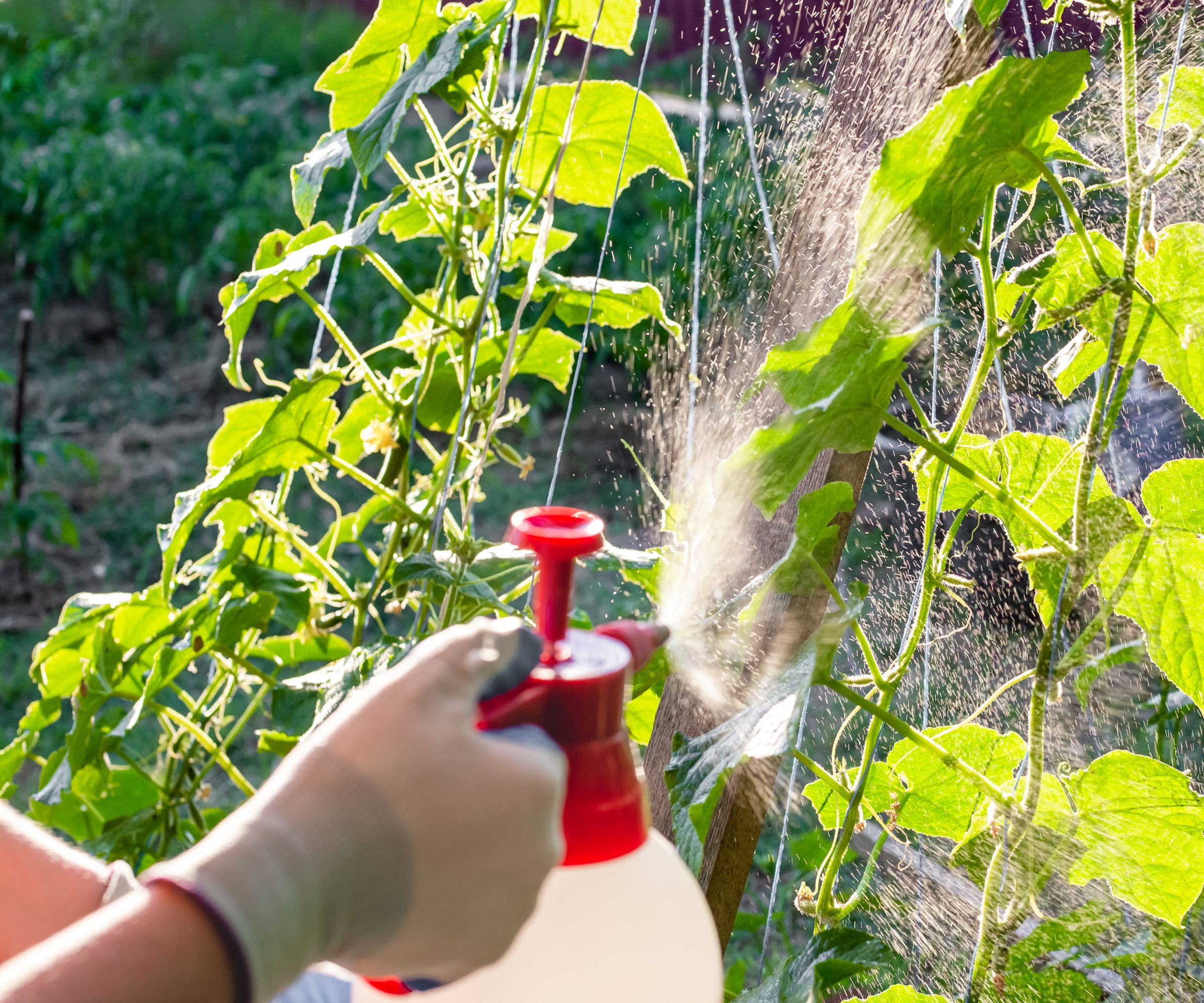
A solution for a larger alder leaf beetle problem is resorting to sprays. Often you can make a homemade bug spray with items you have at home. For example, soap helps to eradicate pests successfully.
'Soap-based insecticides are effective when sprayed directly on the pest and are less damaging to beneficial insects, so it is an insecticide of choice,' Tracy explains. Soap insecticides work well because they dehydrate pests which kills them off.
You can even purchase this insecticidal soap from Amazon to use on different garden pests.
'However, soap-based insecticides may also damage the plant you are trying to save. That's why it's important to read and follow insecticide label directions to be certain you apply the insecticide for most efficacious (and least damaging) use,' Tracy says.
FAQs
When should I start protecting my tree from alder leaf beetles?
Alder leaf beetles start to appear on alder trees and other tall trees from spring through summer. Experts recommend getting ahead of them by monitoring your susceptible trees in early spring.
'In the early spring, if you notice shiny metallic blue beetles in the spring on your alder, this may be the first clue of a bad alder beetle season. Follow up by early summer monitoring for egg masses on the underside of leaves. Egg masses are bunches of tiny yellow eggs laid in a cluster on the underside of leaves,' says entomologist Dr Tracy Ellis.
'These clues, in addition to numerous small holes in the leaves during early summer, may lead you to consult a professional arborist for their opinion on treatment to prevent further damage,' she advises.
Dealing with pests is just part and parcel of being a gardener. Fortunately, alder leaf beetles don't cause any long-term damage to the health of the trees they target, but they can leave them looking worse for wear. Try these methods for getting rid of these critters to keep your trees looking their best.
It's also important to read up on pest control mistakes for any problem you might be trying to tackle, to ensure you handle it effectively and get rid of pests once and for all.

Tenielle is a Gardens Content Editor at Homes & Gardens. She holds a qualification in MA Magazine Journalism and has over six years of journalistic experience. Before coming to Homes & Gardens, Tenielle was in the editorial department at the Royal Horticultural Society and worked on The Garden magazine. As our in-house houseplant expert, Tenielle writes on a range of solutions to houseplant problems, as well as other 'how to' guides, inspiring garden projects, and the latest gardening news. When she isn't writing, Tenielle can be found propagating her ever-growing collection of indoor plants, helping others overcome common houseplant pests and diseases, volunteering at a local gardening club, and attending gardening workshops, like a composting masterclass.